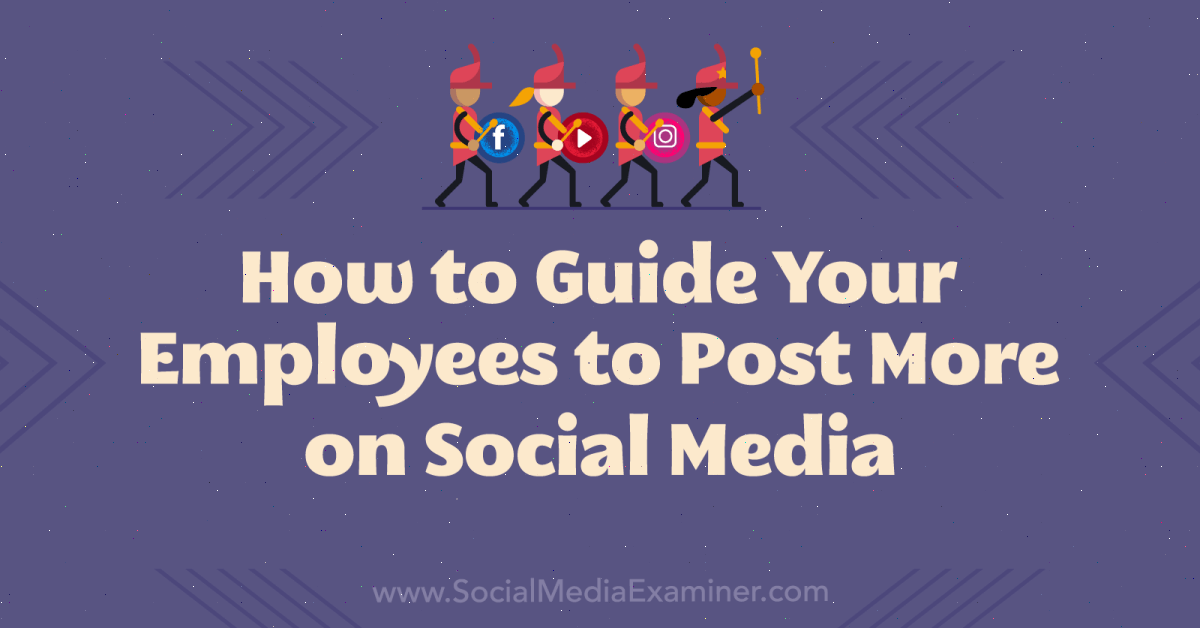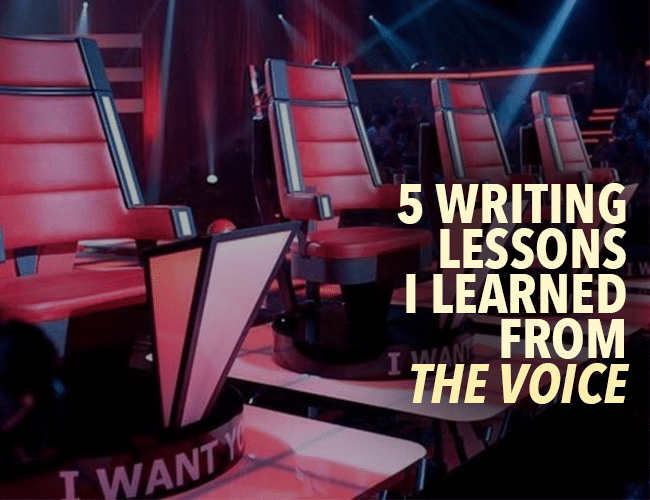Jon Fosse’s The Other Place describes two consecutive days in the life of its narrator Asle, a painter and widower who lives alone in a remote house in Dylgja. Another identical Asle, also a painter, lives in the nearby town of Bjørgvin. Fosse’s book moves quietly between these two men, two versions of the same person, on different paths.
Published with Fitzcarraldo, The Other Place, is the first book in Fosse’s Septology – an extended work exploring the nature of art, addiction and the passing of time. Translated by Damion Searls, the novel has been longlisted for the Man Booker International Prize. Granta spoke to the author about painting, form and light.
What is it like to return to a completed book for the occasion of its translation? Do you find that your feelings for the book have evolved since it was first completed?
It is not a new experience for me to be translated. My plays are translated into over fifty languages, I don’t know how many my novels are translated into, but it is already decided that The Other Name, the first book of Septology, is, or will be, translated into fourteen languages, and there is interest from more countries. I am happy for this, of course, and also because The Other Name has been so well received in the countries where it has been published. It was published about the same time in Norwegian, English and German, to great reviews. It is no doubt the book I have published that has received the best reviews.
When my plays started to be translated, I tried to read the translations in the languages I could read, roughly speaking the other Scandinavian languages, German and English. But it took a lot of time, too much, so I decided to stop doing it. You have to trust others, both directors, actors and translators! Still my fantastic English translator Damion Searls and I decided to co-operate on the translation of The Other Name, so I answered quite a few questions, and we spoke about various possible translations etc. It was the first time had ever I worked that closely with a translator.
I try not to care too much about how a book will be received. What is important is that I have managed to write as well and as true as I possibly can, and that the book is published. I very rarely read reviews, but others read them for me. When I was a young writer I was very concerned about the reviews, and I always remembered the bad things written about a book – I still do – and soon forgot the good things. So after some years I found it best not, in principle, to read reviews.
The book features two men called Asle, one who lives in the country and one who lives in town. They are identical in many ways, but in others, they are different. Tell me about how this structure came about.
I prefer not to plan anything before I start writing, or only very few things: This time I decided that I wanted to write what I thought of as ‘slow prose’, this in contrast to the concentrated intensity needed in a play. I wanted to let the language move slowly away, like long waves. I wanted to calm down in the writing process, if I can put it like that. I wanted to write a novella, or a novel. And I wanted the main character to be a painter. I have always been fascinated by oil on canvas, and I have also painted myself in periods of my life.
Then, as always, I just sat down and started to write. I wrote the beginning during a summer stay in the castle of Paul Claudel in France, I was invited to stay there by his family, so the first Asle appeared there. And then I just kept on writing. Then the other Asle occurred. It just happened. Art happens, as Martin Heidegger writes.
To me writing is a kind of listening. I don’t know what I am listening to, but I am listening! And then the writing more or less writes itself. I often, at a certain point, get the feeling that what I am writing is already written, and that I just have to write it down before it disappears. Or sometimes it feels like I have to find the text that is already there.
To write what I myself have experienced doesn’t interest me at all. I write more to get rid of myself than to express myself. It is the creation of a new universe, characters, moods, a story, a specific way of writing, which is interesting to me. And if I manage to write well, I bring something to this world that wasn’t there before. And that is also completely new to me.
On the other side, I of course know something about what I am writing about, but my experiences are transformed through the writing. I guess this transformation, as you could call it, might partly explain why my writing travels as well as it does.
The narrator of this book is a painter. You immerse your readers in the technical aspects of the craft. How did you learn about these things?
I have painted myself. And I have close friends who are painters.
Were there particular paintings, or schools of painting that served as touchstones in the writing of this book?
No. But my Japanese translator once wrote to me that my writing reminded her of the paintings of Mark Rothko. And I can understand what she means. There is such a strong silent voice speaking from his paintings, and I hope there is also a kind of silent voice speaking from my writing.
You have described Septology (in an interview with Cecilie Seiness in Syn og Segn) as ‘possibly just an instant, a loaded one, a moment of death’. This phrase may have shifted in translation from Norwegian into English, but could you talk more about this idea of a loaded moment?
Septology is a long novel. I have never ever written anything that comes close to the length of this novel before. I didn’t plan it to be that long, but I just wrote on, in the movement of the writing, and in the end I had written over fifteen hundred pages. If I had any idea of how long I planned to write, I would say perhaps one hundred and fifty pages. The novel more or less wrote itself. It demanded its length itself. And in writing it, I felt more and more that it was very important for me to manage to fulfil it, to manage to write it to its end. And I was really happy when I had managed.
When I now think about what I have written, I can tell that there are many elements from my plays and other novels in Septology, but they are organized in a new way, and are seen in a new light, in a way they go together as a kind of simultaneity, as one loaded moment, perhaps. I have heard it said that some people before they die, or in the moment of death, can see their whole life pass by. No one can know if it is like this, but perhaps. I feel very unpleasant interpreting my own writing, but when it was first said, I could understand that Septology could be seen as such a moment. Or the novel can be read in this perspective. But this is of course just one way of interpreting it.
Early in the book, the narrator describes ‘a soft invisible light’ coming from his painting. The idea recurs through the novel. What does such a light propose?
I don’t know. But I also want a kind of light to come from my writing. A kind of reconciliation in all the pain, all the sorrow. And I think such a light is possible. The light you need is there somewhere.
You have been publishing work now for thirty-seven years. No doubt you and others have identified enduring themes in your work. Are there particular examples that you return to in this work? Has your attitude towards them changed?
I started out writing at twelve, I wrote poems and short stories. And in many ways, I am still this twelve-year-old boy sitting and writing. Back then, I already felt that writing gave me a kind of shelter. I liked to stay in the space, or in the place, of writing. I wrote my first published novel at twenty, and it was published three years later, so I have actually now been writing for publication for forty years. And writing becomes more and more interesting the longer I write. Perhaps because there are no rules for it. It is different all the time. Each new text is a different challenge, a different experience.
There are motifs that come to me over and over again, but still they are always different. It perhaps resembles the work of a painter who is painting the same motifs again and again, but is changing them all the time also. One of these motifs is a person standing or sitting before a window looking out, very often on the sea. This situation is a recurring motif in Septology.
I never actually feel that I’m writing about this or that theme, what I am writing about is part of what I very imprecisely can call form. And this unity of form and content, or theme, is saying something very specific that cannot be said in another way than in the way it is written. Still it is as if it’s not ‘about’ something, it is what it is, in a way.
You have won many awards over the years. What is your attitude towards awards?
It took quite a few years before I had my first big award, and it was a really great moment when I had the phone call telling me that I would get it. It was one of the most important literary prizes in Norway. By now I have received many awards, yes, but I am very happy for each of them. It is as if they prove that I haven’t spent all my life in vain, at least I have written something that might be good for others, or for some others, or so is my hope, at least.
Image © Tom Kolstad / Samlaget





